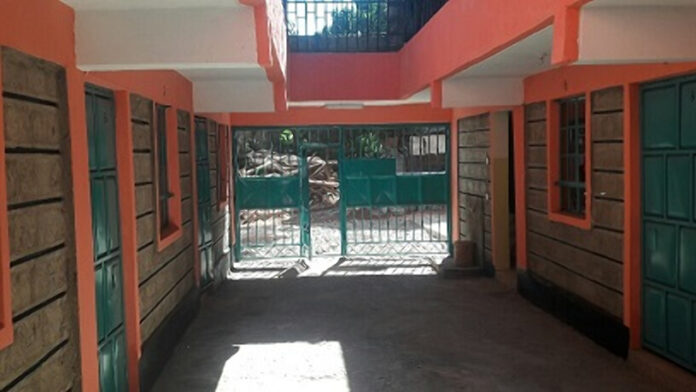Single Rentals: In urban areas, developers of single-room houses have been gaining better returns and demand compared to two-bedroom flats and three-bedroom maisonette. The the average cost of the small units crossed the Sh.4, 000 four years ago and now sits at between Sh. 5,000 and Sh. 10,000. This means that a 50*100 plot, well utilized to have 16 to 20 single rentals could make you between a minimum of Sh. 80,000 and Sh. 200,000 per month when full in an urban area.
By 2016, rent for single rental rooms on average rose to Sh. 4,032 from Sh. 3,589 in the same month of 2014 – representing a jump of 12.3 per cent, data from Kenya National Bureau of Statistics (KNBS) showed.
The rise in single-room rent, popular with low income earners, is the fastest compared to other categories of houses, meaning the poor have been hard hit by rising renting costs.
Rentals vs dairy farming: See which will make money if started with a loan
Three-bedroom units have been recording the slowest rent growth, benefiting tenants and fetching the least returns to investors amid concern of a glut in the high-end housing segment. The houses are also some of the most expensive to either rent or buy.
The KNBS data shows that rents for three-bedroom houses is at around Sh. 33,123 while two-bedroom flats are at around Sh. 20, 080.
Sector players reckon that lower-income housing will grow faster in coming years compared to other segments amid flat demand in the high-end segment.
“Investors have in the past overlooked the low-end mass market as they eye huge returns from high-end homes. But we now have a glut and the market will have to correct itself,” Jackson Ochieng’s an investment analyst, said.
To make money from rentals, build bedsitters upcountry
He cited Nairobi’s Kilimani and Kileleshwa estates where several three-bedroom units have been unoccupied for months.
Two-bedroom flats are popular with middle class homes as the rents fit within their monthly budget while three-bedroom maisonettes are preferred by rich homes.
Nairobi’s middle class homes spend the bulk of their monthly income (23.6 per cent) on housing, utilities and cooking gas, exposing them most to the rising costs.
Poor homes spend 18.2 per cent of their income on rent and utilities while rich homes spend 19.8 per cent. Rents in the cities — Nairobi, Mombasa and Kisumu — are generally higher due to higher demand and cost of living. Single Rentals.








